What are the hottest gravel trends for 2022/2023? What role does the right choice of tire play and why is the all-round capability of modern bikes both a curse and a blessing? After testing 19 gravel bikes, we have gained 5 important insights and present them to you here.
For several years, gravel bikes have been the number one hype amongst drop bar bikes. Over the last few months, we have put the most exciting models of the season through their paces and gathered important insights, identified trends and drawn conclusions on what to expect for the future. We sum up our findings and gather the experience gainer during our group test in one place.
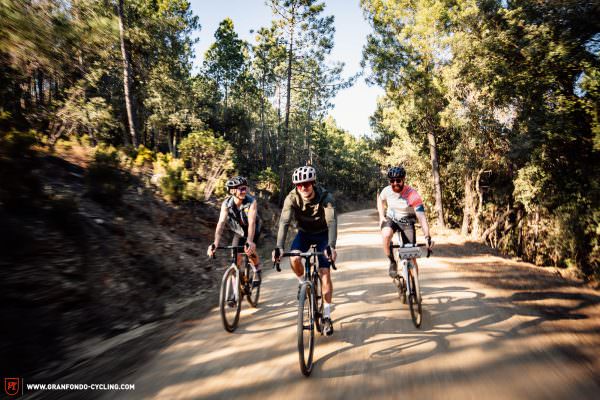
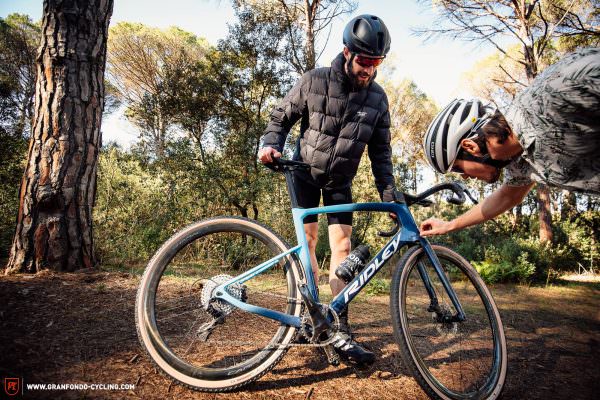
1. The diverse gravel community – THE gravel fan does not exist
Never before in the history of drop bars has a market for a certain type of bike developed so quickly and also changed so radically in such a short time. Today, gravel bike manufacturers have to cater to completely different demands and preferences than was the case just two years ago. We don’t want to discuss who invented the gravel bike and what sparked the revolution. What we want to talk about is that most of the initial gravel bikes were, in one way or another, hybrids of road and cross bikes. They were infinitely closer to road bikes than to any other type of bike. But the gravel bike market has largely emancipated itself from this roadie focus and now appeals to a diverse group of customers from all areas of cycling. Consequently, “gravel customers” approach the scene from all sorts of different directions. To say that there is a single type of gravel customer makes as much sense as saying that there is THE music fan or THE wine connoisseur. Admittedly, we all like to feel that we belong to a tribe and an umbrella term helps, but to realistically describe the gravel market and all its players, such an approach is anything but representative. In the future, the needs within the gravel community will become even more diverse and this will have an immense influence on future gravel bike developments. But what will that look like?
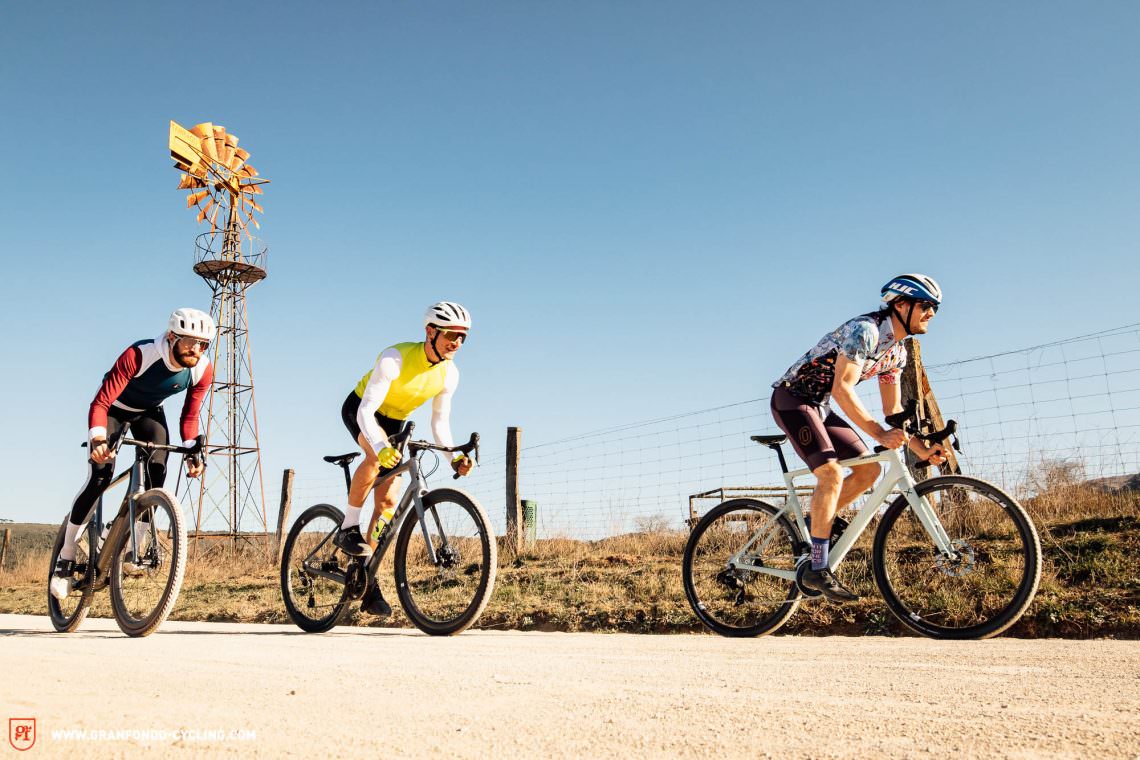
2. All-round bikes are out
A roadie who wants to get away from annoying drivers or a mountain biker who has acquired a taste for speed – the demands gravellers place on their gravel bike are just as different as the directions from which they approach the sector. Nevertheless, many manufacturers still aim to cover the entire possible range of applications with one or at most two different gravel models to make the majority of gravel fans happy. The task of such all-round gravel bikes is not an easy one: they have to be capable in all areas and shine in as many as possible so that they don’t have to shy away from the specialists. The problem is that specialisation in the gravel segment has already begun and inevitably, the specialists are getting better and better at what they do. It is becoming increasingly difficult for all-round gravel bikes to cover all the bases adequately. For gravel fans, this means that they should think carefully about what they intend to do with their gravel bike. With this knowledge, they can then put a specialist in their garage with which they can achieve the maximum amount of fun for the type of riding they do. All-rounders remain a good choice for beginners who don’t yet know exactly what they want or for the occasional graveller who never pushes themselves to the limit and just wants to roll along carefree.
Despite our criticism of the concept of all-round gravel bikes, the market still demands this kind of bike and many of you still want to own an all-rounder. To support this ambition, we tried to identify, once again, the best all-rounder in our group test and found a worthy winner in the form of the Canyon Grizl CF SLX 8 eTap Suspension.
The rest of the test does justice to and recognises the individuality and willingness to compromise of some of the other concepts. We identify the strengths and weaknesses of every single bike to provide a solid basis for you to draw your conclusions. As such, we don’t want all the other bikes to automatically be seen as losers. Instead, in part they are more suited to specialised pursuits or specific types of rider. Ultimately, we want to give you the necessary know-how to make the right decisions.

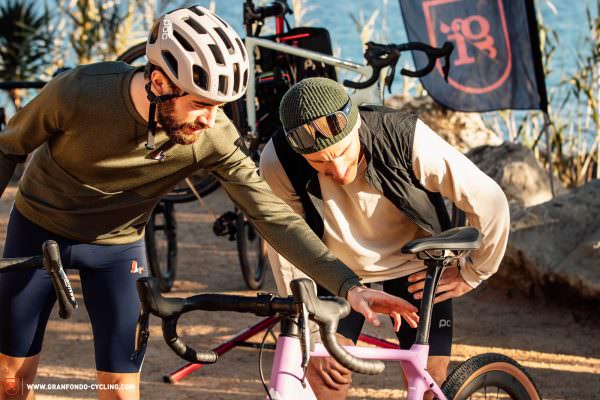

3. The perfect gravel bike doesn’t exist
As we have already established, most gravel bike manufacturers only have one or two models in their portfolio and tend to focus on all-rounders rather than specialists. Therefore, compromises always have to be made somewhere. But does that mean that the perfect gravel bike doesn’t exist? No, because a gravel bike is always perfect when it perfectly suits its owner and his or her subjective needs. Since gravel fans are a diverse bunch, there will always be someone for whom the currently available bikes are a perfect fit. Alongside the all-rounders willing to accept compromise, there are already very good specialists in the form of aero-gravel bikes or bikepacking and commuting specialists. Nevertheless, many manufacturers still try to combine too many different attributes in one and the same bike. Aero shapes, bolt-on points, tire clearances and more: keeping all the plates spinning is as difficult as it is pointless. All too often, the result is a jack of all trades that can’t do anything particularly well and doesn’t end up making anyone truly happy. In the future, we would like to see more manufacturers pursue a more clearly defined concept and have the confidence required to implement it. Now is the time for diversification in the gravel segment!
The perfect gravel bike doesn’t exist. But for each of you, there is a perfect gravel bike.

4. It all depends on the tires
Tires are the best, cheapest and easiest tuning you can do for your gravel bike! They are ideal for adapting your bike to your needs! A tire with good cushioning, predictable rolling, high grip and good traction when accelerating and decelerating can have an enormous influence on the character of a bike. Unlike mountain bikes, most gravel bikes don’t have an adjustable, active suspension system. Here, the tire, or tire-wheel system, takes over a large part of the tasks of the mountain bike’s suspension. With correctly adjusted air pressure, larger tires tend to offer better damping and are therefore a decisive contributor to the comfort of a bike in rougher terrain. The tire tread is another point to consider: more aggressive trends with pronounced side lugs are better suited for loose surfaces, while tires with a smooth tread and less pronounced side lugs are the better choice for hardpack and asphalt.
Our clear message: if you want to improve the performance of your bike, you should consider your chosen tire carefully. Our gravel tire group test offers a useful starting point. Some bike manufacturers seem to have read it too, because the winning tire and, in our opinion, the best all-rounder, the Vittoria Terreno Dry, is fitted to 5 bikes in our test field of 19 models.
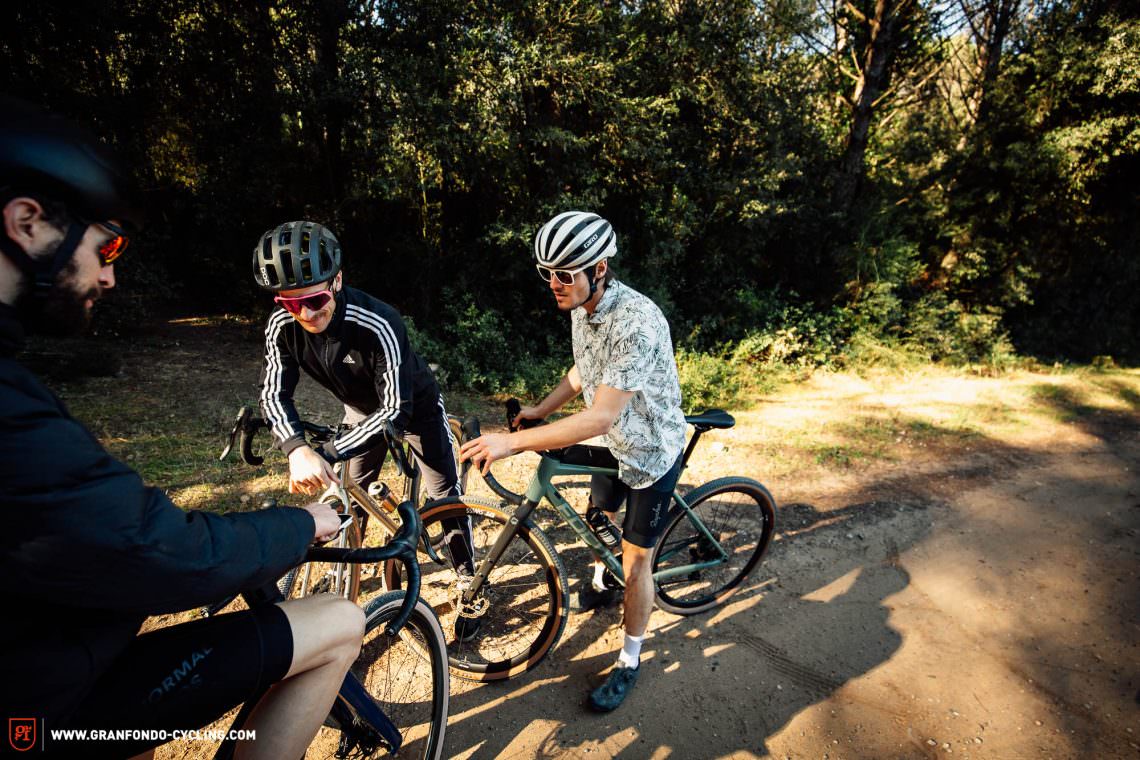
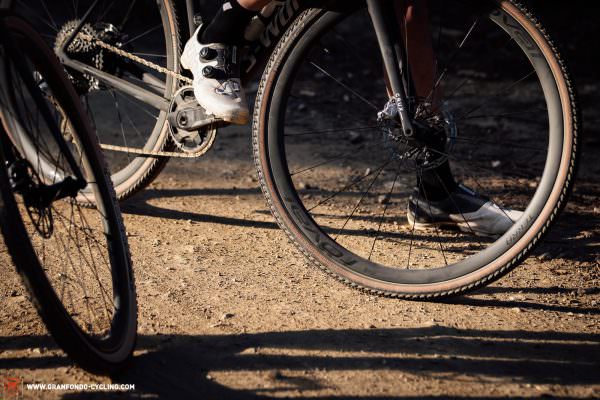
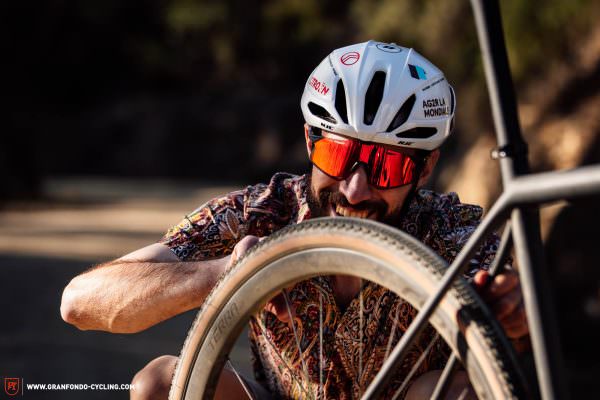
5. You need the right compromise between gear range and gear jumps
Gear range and gear jumps are opposites when it comes to gearing. In general, you’ll have to accept larger gear jumps if you want a lot of range. On the other hand, this also means that the gear range will be smaller if you are aiming for the smallest possible jumps between gears. In both cases, you have to know your area of use in order to decide what to focus on. If you ride mainly on flat terrain, smaller gear jumps are more valuable than maximum range, giving you a much better chance of riding at your optimal cadence.
However, if you ride a lot of steep terrain, or with luggage, more range and a very easy gear is more important than small steps. This also applies to beginners and ordinary gravel fans, because real life is demanding enough without having to worry about having superhuman fitness to enjoy your bike. A wider range means bigger gear jumps which means you might have to modulate your speed to ride at your preferred cadence. So, if you’re not fighting the clock, just shift down a gear and enjoy the ride! And if you do want to push yourself, then just pedal in the higher gear for as long as your legs will hold out.
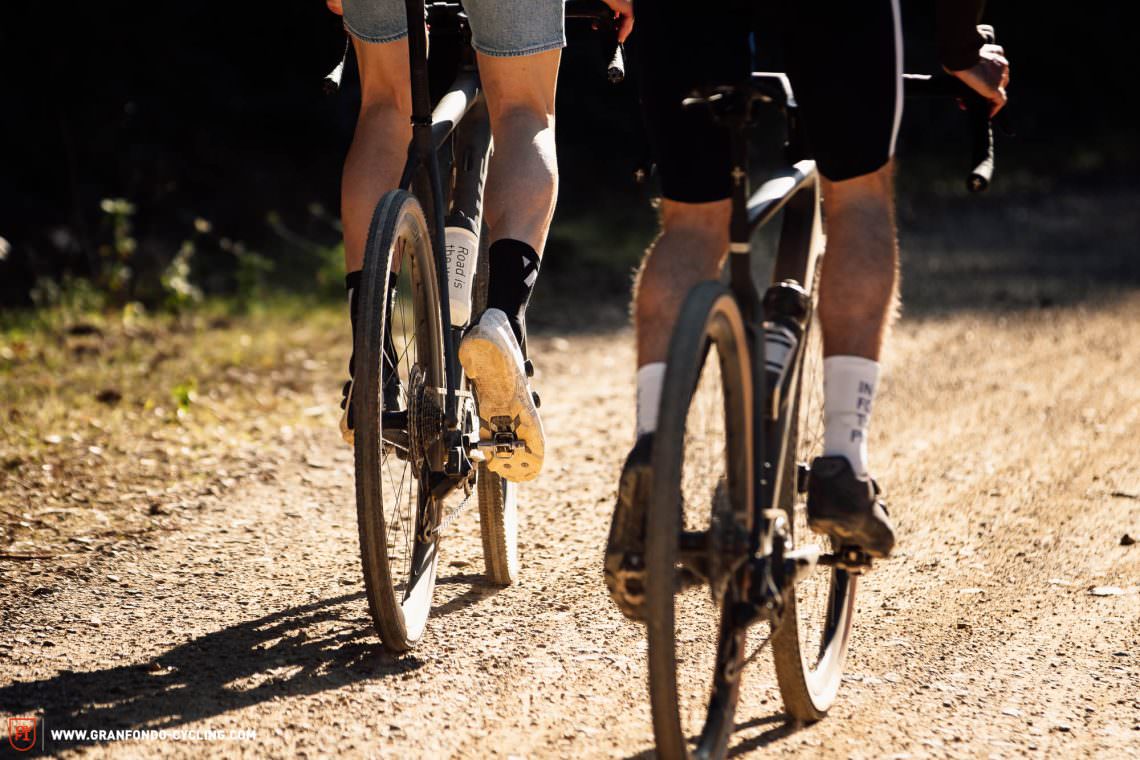
As with most things, you have to think about exactly what you want to do in order to choose the perfect gear ratio. However, for the perfect all-round gravel bike that we were looking for in this comparison test, we valued range more highly. With an all-rounder, you’ll never know what you might face and are best placed if you have as much range as possible. Pedalling too fast or too slow on the flats isn’t as bad as missing that last gear to make it uphill. In this vein, we favoured 1x mullet drivetrains in our group test i.e. the combination of a single chainring with a wide-range larger cassette. 2x drivetrains sometimes achieve a similar range with smaller gear jumps but they have a lot of overlap between the large and small chainrings and have to make sacrifices when it comes to the intuitiveness of the shifting. In the meantime, the range of 1x drivetrains is so large that you can always find the right cassette size (i.e. range) for you. We expect that solutions such as the Classified hub (read review here) will be integrated more seamlessly in the future. Simple answers to the question, “What is the best drivetrain?” will become increasingly difficult to find, but they will be easier to consider in the greatest detail.
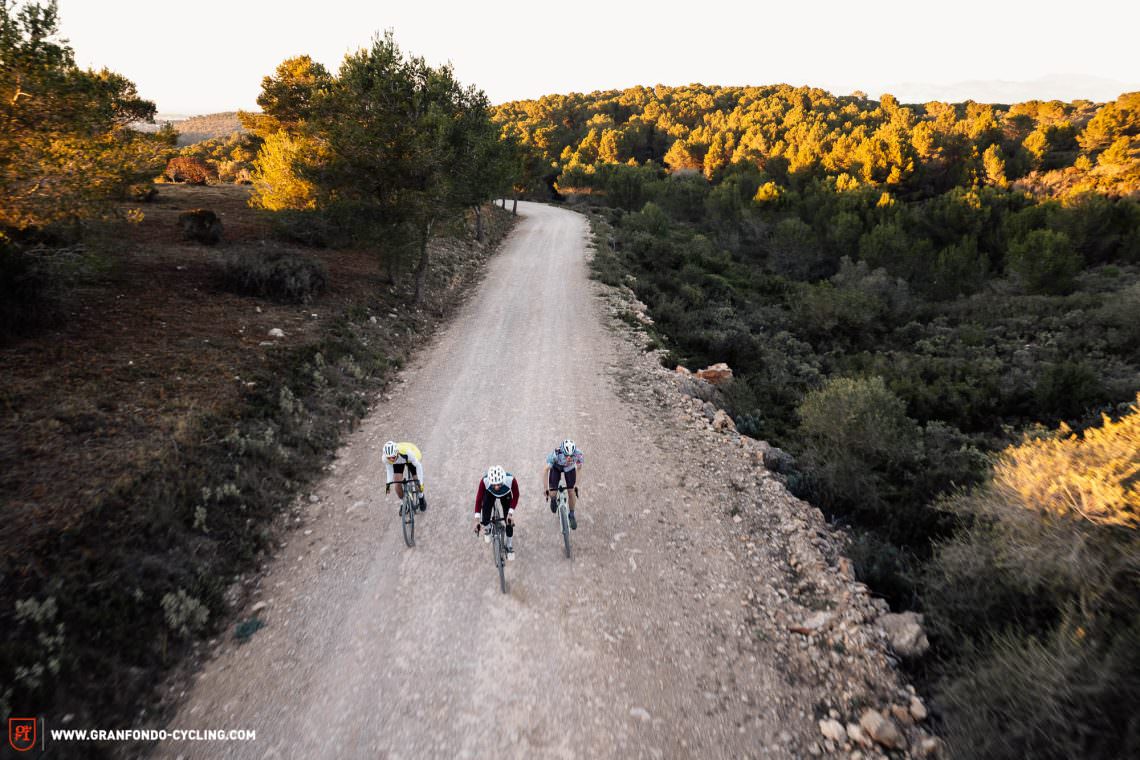
Did you enjoy this article? If so, we would be stoked if you decide to support us with a monthly contribution. By becoming a supporter of GRAN FONDO, you will help secure a sustainable future for high-quality cycling journalism. Click here to learn more.
Words: Benjamin Topf, Tobias Hörsch Photos: Benjamin Topf, Peter Walker







